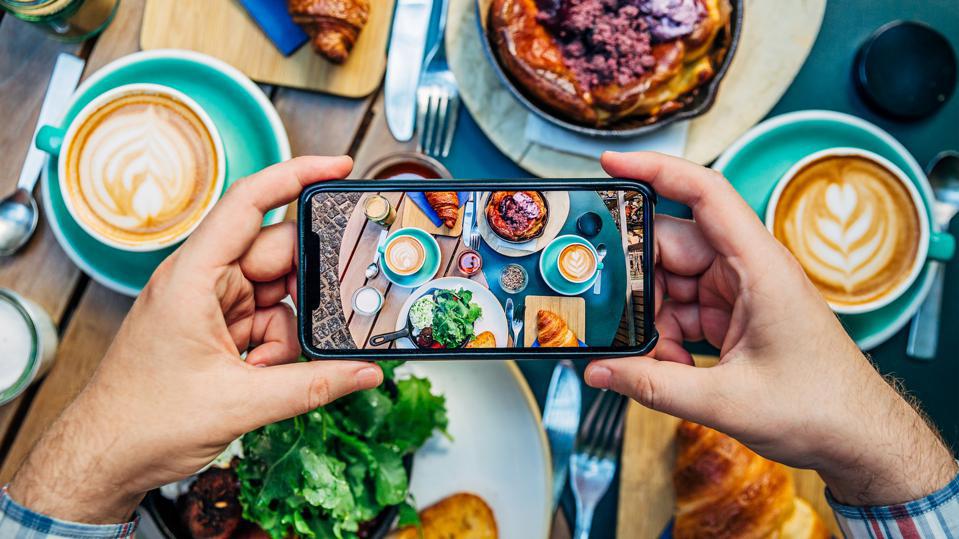Hello!
Welcome to our comprehensive guide on SEO for Food Bloggers. In the flavorful food blogging world, having a strong online presence is essential for bloggers to share their culinary passion, attract readers, and savor success.
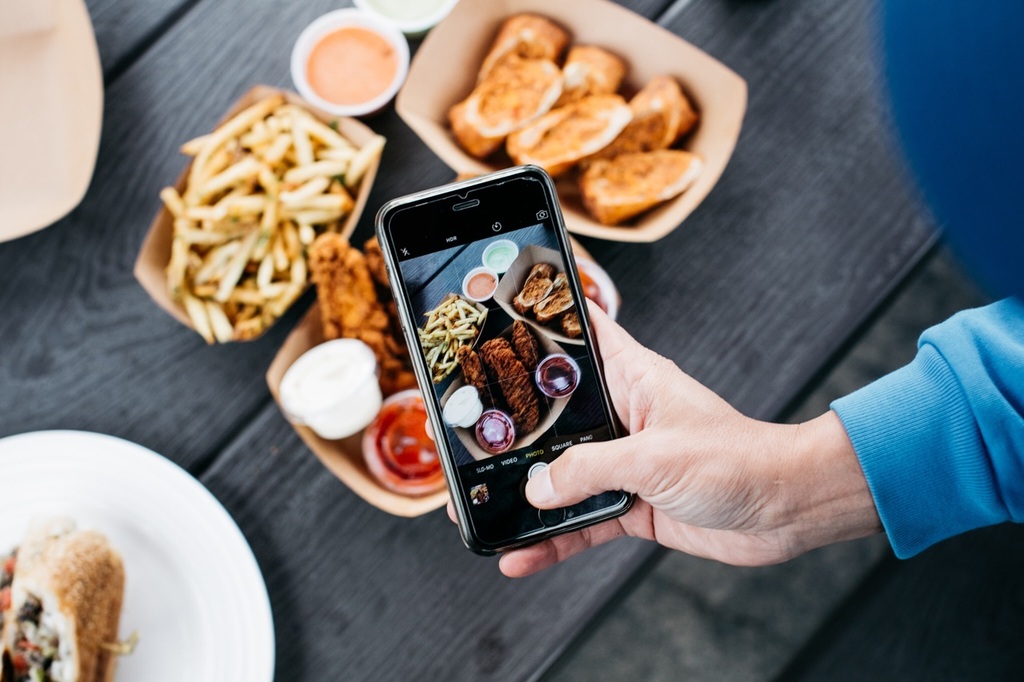 As more people turn to the internet for culinary inspiration and recipes, mastering SEO strategies becomes crucial for food bloggers to reach their target audience effectively.
As more people turn to the internet for culinary inspiration and recipes, mastering SEO strategies becomes crucial for food bloggers to reach their target audience effectively.
This blog will explore tailored SEO techniques specifically designed for food bloggers. From optimizing your blog for search engines to leveraging social media and content marketing, we will equip you with the knowledge and tools to enhance your food blog’s visibility, attract more readers, and achieve recognition in the competitive and delightful realm of food blogging.
So, let’s embark on this SEO journey together and unlock the full potential of your culinary creativity.
Top Tricks for SEO For Food Bloggers
Long tail, long tail, LONG TAIL!
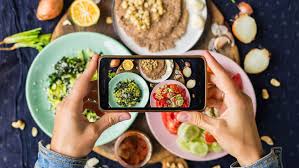 Tapping into a niche and building authority within it is a crucial aspect of SEO. Regarding food-related content, like kale salad recipes, standing out from the crowd is essential. While many people may have a kale salad recipe, the key lies in making your recipe special and unique. This uniqueness can be identified through long-tail keywords.
Tapping into a niche and building authority within it is a crucial aspect of SEO. Regarding food-related content, like kale salad recipes, standing out from the crowd is essential. While many people may have a kale salad recipe, the key lies in making your recipe special and unique. This uniqueness can be identified through long-tail keywords.
People’s food searches can get surprisingly specific. While some may search for generic terms like “mac and cheese recipe,” others are looking for recipes that meet specific criteria, such as dietary restrictions or using specific ingredients in their pantry or fridge.
For example, they might search for “vegan butternut squash mac and cheese” or “slow cooker jalapeno mac and cheese.” Targeting long-tail keywords can help you capture lower-competition traffic, as it caters to a more niche audience with specific needs.
Conducting long-tail keyword research helps you optimize your existing content and provides ideas for future recipe creations. By understanding what users are searching for, you can tailor your recipe content to meet their unique preferences and requirements.
This approach helps improve your website’s visibility in search results and enhances user experience by offering content that precisely matches their needs.
Choose your categories and tags carefully and stick with them.
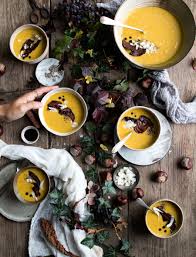 Establishing categories and tags is crucial for any WordPress blog, especially for food bloggers with vast content. Categories and tags allow you to organize your recipes into archive pages based on dietary needs, ingredients, mealtime, and other relevant criteria. This organization benefits your website visitors and search engines, making it easier for users to find specific recipes and improving SEO.
Establishing categories and tags is crucial for any WordPress blog, especially for food bloggers with vast content. Categories and tags allow you to organize your recipes into archive pages based on dietary needs, ingredients, mealtime, and other relevant criteria. This organization benefits your website visitors and search engines, making it easier for users to find specific recipes and improving SEO.
However, it is essential to use categories and tags judiciously and avoid letting them become overwhelming. Maintaining a well-structured system is vital. Focus on creating a limited number of broad categories encompassing your content’s main themes or topics. These categories should represent the overarching topics that your recipes fall under.
On the other hand, tags can be more specific and granular, allowing you to add more detail to your content. Use tags to highlight specific ingredients, dietary preferences, cooking methods, or other relevant attributes of your recipes. This level of specificity helps users refine their search and find what they are looking for.
By striking the right balance between categories and tags, you can create a user-friendly and organized system that enhances the user experience on your food blog. It also assists search engines in understanding the structure and content of your website, which can positively impact your SEO rankings.
Stay ahead of the calendar.
As a food blogger, your content creation schedule might involve baking pumpkin bread in July and testing Thanksgiving recipes in September. While this might seem unusual, circulating season-specific content earlier can benefit your readers and SEO.
 From a reader’s perspective, planning is essential, especially for holiday recipes or special occasions. By providing seasonal content ahead of time, you cater to readers who like to prepare and organize their menus in advance.
From a reader’s perspective, planning is essential, especially for holiday recipes or special occasions. By providing seasonal content ahead of time, you cater to readers who like to prepare and organize their menus in advance.
From an SEO standpoint, publishing season-specific content is equally important. SEO is a long-term strategy that requires time and patience. When you publish new content, it can take weeks or even months for that post to settle into a favorable search engine ranking.
By releasing seasonal content earlier, you give search engines more time to crawl, index, and rank your posts.
Embracing the concept of “summer pumpkin bread” or other out-of-season recipes can lead to increased visibility and organic traffic over time. As search engines recognize and index your content, it becomes more discoverable for users searching for specific seasonal recipes.
Consider your site’s user experience
 The debate over long personal stories preceding recipes is common among food bloggers and their readers. Some readers express frustration and wish food bloggers would get to the recipe immediately. However, there are reasons why food bloggers include these personal stories, and it can be beneficial for SEO and their overall blogging experience.
The debate over long personal stories preceding recipes is common among food bloggers and their readers. Some readers express frustration and wish food bloggers would get to the recipe immediately. However, there are reasons why food bloggers include these personal stories, and it can be beneficial for SEO and their overall blogging experience.
Firstly, it is the food blogger’s choice to write about what they want on their blog, and sharing personal stories allows them to connect with their audience on a more personal level. Additionally, these stories help search engines differentiate food bloggers from large recipe aggregation sites, contributing to their blog’s authority and visibility in search results.
Moreover, these personal stories allow food bloggers to generate revenue through ads embedded in the content. As most food bloggers offer their recipes for free, ads can compensate them for their efforts and time spent creating valuable content.
However, it is essential to strike a balance to ensure a positive user experience. To address readers who prefer quick access to recipes, bloggers can consider adding anchor links at the beginning, enabling users to navigate directly to the recipe if they wish. This way, readers in a hurry can find what they need efficiently.
It’s also crucial for bloggers to test the usability of their sites regularly to ensure that ads are manageable and manageable. A smooth and pleasant user experience will help retain readers and keep them engaged with the content.
Optimize image alt text. Yes, ALL of your images.
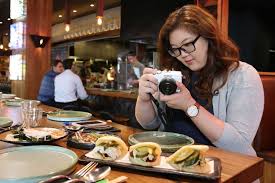 Adding alt text to food blog images is crucial for SEO and accessibility. While it may seem daunting, providing unique and descriptive alt text for every image in each blog post is essential.
Adding alt text to food blog images is crucial for SEO and accessibility. While it may seem daunting, providing unique and descriptive alt text for every image in each blog post is essential.
Alt text not only helps search engines like Google understand the content of the images, but it also ensures that people using screen readers can perceive and comprehend the visual content. For users relying on screen readers, the alt text describes the images, allowing them to understand what the image represents.
When writing alt text for food blog images, it’s beneficial to be descriptive and specific. For instance, if the blog post features a rhubarb crumble recipe with step-by-step photos, each image’s alt text should be unique and descriptive.
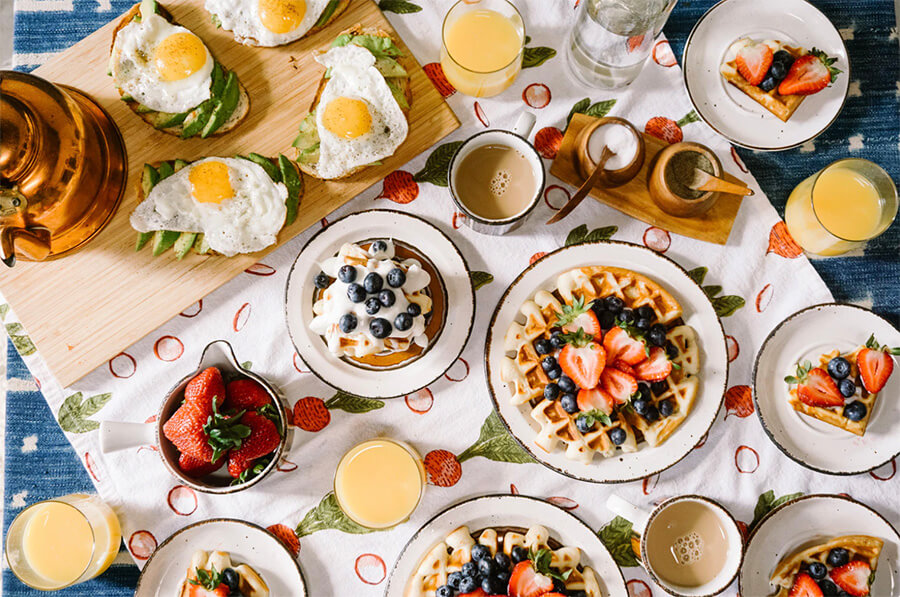 Examples of descriptive alt text for the images might include:
Examples of descriptive alt text for the images might include:
- “Fresh rhubarb, sugar, and flour on a wooden cutting board for rhubarb crumble.”
- “Chopped rhubarb pieces ready to be mixed for the crumble.”
- “Mixing ingredients, including butter and sugar, for the rhubarb crumble topping.”
- “A cast iron skillet filled with rhubarb crumble fresh out of the oven.”
- “A single-serving portion of rhubarb crumble served in a ceramic bowl.”
- “Close-up view of the golden-brown crust of the rhubarb crumble.”
Keep up with SEO titles & meta descriptions
For seasoned food bloggers with a vast archive of recipe content, keeping posts up-to-date with the latest SEO best practices can be challenging. However, there are some fundamental steps to ensure that your recipes continue to perform well in search engine rankings.
 One crucial aspect is reviewing and optimizing each recipe post’s SEO title and meta description. Even if some of your posts are old, adding or updating the SEO title and meta description is important to align with current SEO practices
One crucial aspect is reviewing and optimizing each recipe post’s SEO title and meta description. Even if some of your posts are old, adding or updating the SEO title and meta description is important to align with current SEO practices
This way, you can maximize the potential traffic your blog content deserves and ensure your recipes are well-positioned in search engine results.
By optimizing the SEO elements for every recipe post, you can maintain the visibility and relevance of your content, which can lead to increased traffic and engagement with your audience. Remember that SEO is an ongoing process, and regularly reviewing and updating your old posts can positively impact the overall performance of your food blog in search engine rankings.
Boost related content with internal linking
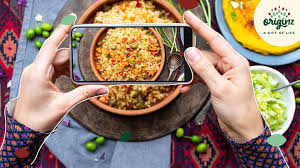 Internal linking is a powerful tool that you should pay attention to. When people search for recipes and visit your site, they explore multiple recipes before settling on one that suits their needs.
Internal linking is a powerful tool that you should pay attention to. When people search for recipes and visit your site, they explore multiple recipes before settling on one that suits their needs.
By strategically using internal links within your content, you can guide them to related recipes or content that might appeal to them even more.
Internal linking enhances user experience by making it easy for visitors to navigate your site and encourages them to stay longer and explore more of your content. By providing links to other relevant recipes or related content, you increase the chances of turning a one-time visitor into a loyal reader who keeps returning for more.
It’s like guiding your audience through a delightful culinary journey, where each recipe they discover keeps them engaged and eager to try more of your delicious creations. So, never miss an opportunity to plug your work within your work through thoughtful internal linking—it’s a smart way to foster a lasting connection with your audience and create a dedicated following for your food blog.
Conclusion
As we conclude our journey through the “SEO for Food Bloggers” realm, you are now equipped with invaluable insights and strategies to elevate your food blog’s online presence and savor success in the flavorful world of culinary content.
 By harnessing the power of SEO, you can attract more readers, improve your blog’s visibility in search results, and establish your blog as a go-to destination for food enthusiasts. Utilize SEO techniques to optimize your blog with relevant keywords, making it easier for readers to discover and indulge in your delectable recipes and culinary creations.
By harnessing the power of SEO, you can attract more readers, improve your blog’s visibility in search results, and establish your blog as a go-to destination for food enthusiasts. Utilize SEO techniques to optimize your blog with relevant keywords, making it easier for readers to discover and indulge in your delectable recipes and culinary creations.
Engage with your audience through social media, sharing mouthwatering images and interactive content that captivates food lovers.
Create valuable and shareable content, such as cooking tips, food guides, and captivating stories, to foster a loyal community of food enthusiasts.
Stay updated with SEO trends and continuously refine your strategies to keep your blog at the forefront of the ever-evolving food blogging landscape. With dedication and a well-executed SEO plan, your food blog will delight readers and leave a lasting impression on taste buds worldwide. May your culinary creativity inspire and bring joy to all who savor your delightful dishes.
Thank you!
Join us on social media!
See you!

